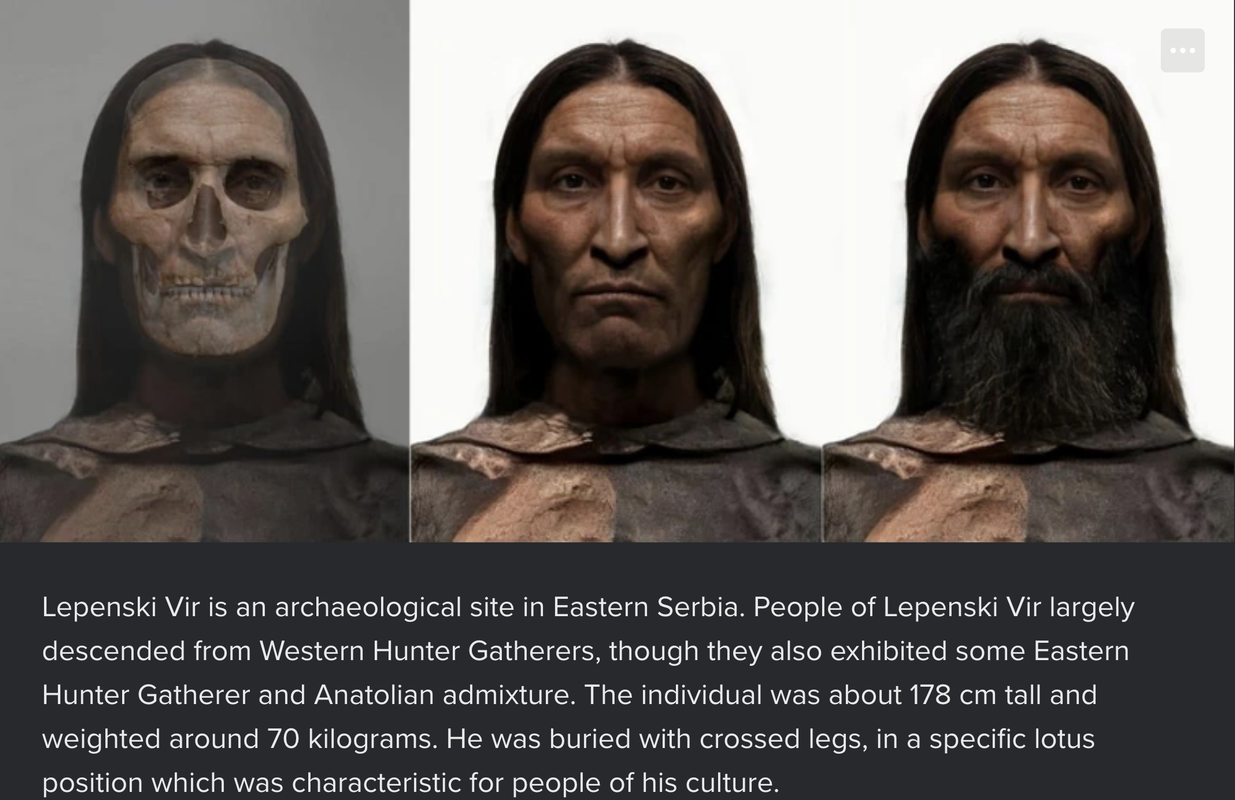Northener
Elite member
- Messages
- 2,008
- Reaction score
- 522
- Points
- 113
- Location
- Groningen
- Ethnic group
- NW Euro
- Y-DNA haplogroup
- E1b1b/ E-V22
A good job from Doggerland, 'the picture' of my parents and me.



Some educated guesses, a few remarks. I can only see this with a bird eye.
I guess my father and I come a bit more close to the Battle Axe/ Swedish Viking so more 'stereotype' Germanic phenotype, which as such is recognizable (although we are certainly not very high blond / blue eyed cheeseheads ).
).
My mother comes from a region which has the oldest continuous population (of course not jurassic park but still can contain bits and pieces from very ancient times). She is certainly for a North Dutch pretty darkish, dark hair, dark eyes, prominent nose....when I saw this reconstruction this is also recognizable.... but I'm aware of "hineininterpretieren' / projection Doggerland....may be this is case, I would be glad to know your opinion as designer of this all!
Iron Gates HG

Yamna




Some educated guesses, a few remarks. I can only see this with a bird eye.
I guess my father and I come a bit more close to the Battle Axe/ Swedish Viking so more 'stereotype' Germanic phenotype, which as such is recognizable (although we are certainly not very high blond / blue eyed cheeseheads
My mother comes from a region which has the oldest continuous population (of course not jurassic park but still can contain bits and pieces from very ancient times). She is certainly for a North Dutch pretty darkish, dark hair, dark eyes, prominent nose....when I saw this reconstruction this is also recognizable.... but I'm aware of "hineininterpretieren' / projection Doggerland....may be this is case, I would be glad to know your opinion as designer of this all!
Iron Gates HG

Yamna

Last edited:













